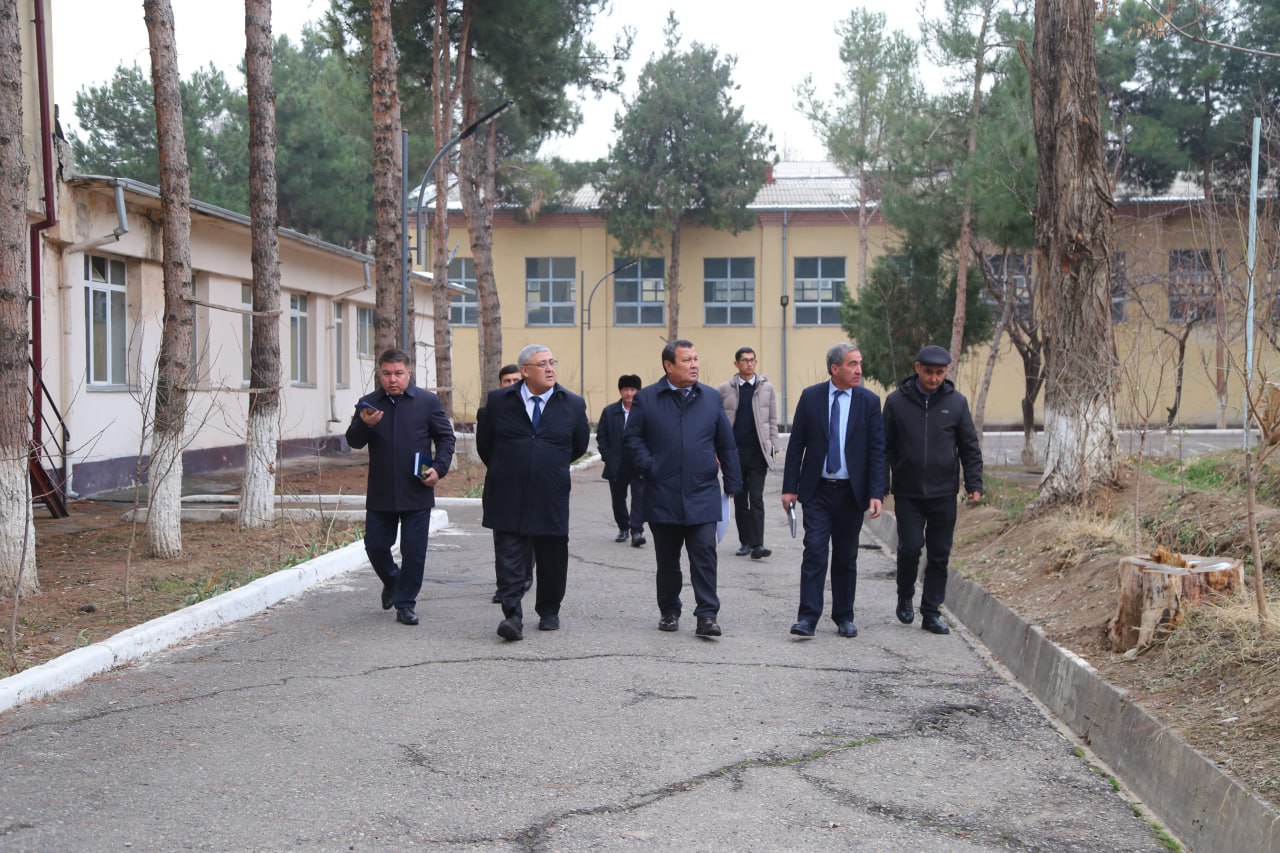Scientific adviser: Juraev Gayrat Umarovich.
Project timeline: 4.01.2021-31.12.2023.
Project code: UZB-Ind-2021-98.
Project type: international (joint).
Expected results and their meaning: during the implementation of the project, as a result of the study of existing stream encryption algorithms, for the first time in the Republic of Uzbekistan, a stream encryption algorithm will be created.
Unlike block ciphers in the developed stream encryption algorithm, character encryption does not delay the operation of the cryptosystem. On the contrary, it provides encryption at high speed, at the speed of incoming information. This, in turn, serves to implement encryption in real time regardless of the volume of information and data flow in the conditions of the growth of data traffic in communication networks.
There are the following main directions for implementing the developed stream encryption algorithm:
- encryption of various video and audio data at ultra-high speed, with an incoming data stream speed exceeding several Gbit /s;
– systems (portable and mobile devices, as well as special equipment) with restrictions on the parameters of hardware and software cryptographic protection (memory size, power consumption);
– streaming digital signature, real-time data integrity check, performed only by streaming methods.
Important results achieved during the reporting period (at the end of the project) (over the past 1.5 years):
It was found that the structure of stream encryption algorithms is very simple, consisting of a small number of elements compared to block encryption algorithms. The module, which acts as a key and generates a sequence of bits with a long period, serves as the main element of stream ciphers.
In order to increase the tolerance of stream encryption algorithms to different cryptanalysis methods, it is shown that several shift registers are used and special actions are introduced to mix the internal state values of registers and other elements of the algorithm.
Linear shift registers have been found to have very high speed and low power consumption, and are the most popular and well-studied registers that generate long-period bit sequences.
It is shown that, unlike linear shift registers, which have a maximum period length of 2n-1, full cycle shift registers have a period length of 2n. However, the creation of full-cycle shift registers remains an open problem.
It is determined that non-linear shift registers make it possible to bypass weak keys and, in conjunction with other shift registers, can generate really long pseudo-random sequences.
It was found that to ensure high encryption strength, it is necessary to generate a sufficiently long non-repeating key sequence.
Research work is underway to determine the composition of a new stream encryption algorithm based on the SPONGE structure, which is gaining popularity every year. The substantiation of the choice of cryptographic operations and transformations implemented in this stream encryption algorithm has begun.
Patent: –
International scientific works on WoS and Scopus base published within the framework of the project:
- T. Abdullaev, and G. Juraev. Selection of the Optimal Type of the Gamming Function for Symmetric Encryption Algorithms. AIP Conf. Proc. 2365, P.040004-1–040004-13. https://doi.org/10.1063/5.005684. Published Online: 16 July 2021.
- T. Abdullaev, and G. Juraev. Development of a Method for Generating Substitution Tables for Binary and Ternary Number Systems. AIP Conf. Proc. 2365,
P. 040003-1–040003-11. https://doi.org/10.1063/5.0056841. 16 July 2021. - T. Abdullaev, and G. Juraev. Application three-valued logic in symmetric block encryption algorithms. Journal of Physics: Conference Series 2131 (2021) 022082 doi:10.1088/1742-6596/2131/2/02208.
- A. Ikramov and G. Juraev. The Complexity of Testing Cryptographic Devices on Input Faults. Network and System Security 2021, Lecture Notes in Computer Science 13041, P. 202–209.
- A. Kabulov, I. Saymanov, I. Yarashov, F. Muxammadiev. Algorithmic method of security of the Internet of Things based on steganographic coding. IEMTRONICS 2021 (International IOT, Electronics and Mechatronics Conference).


